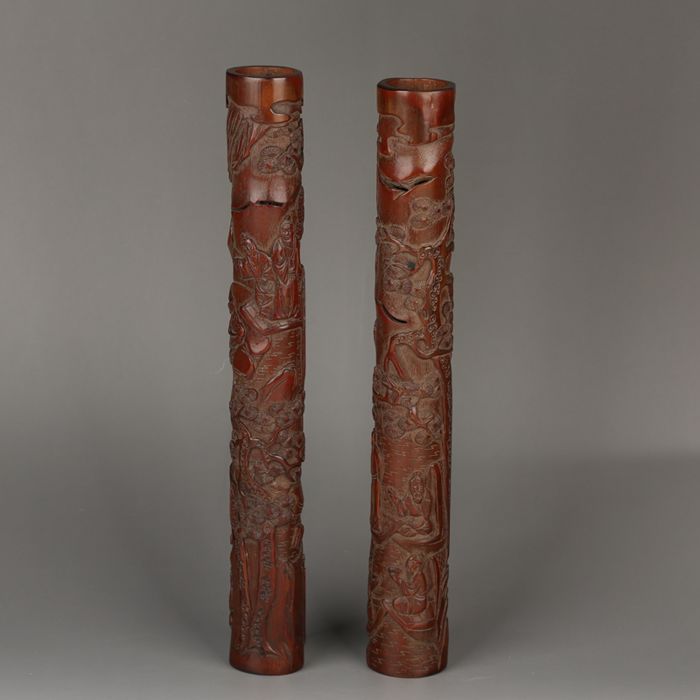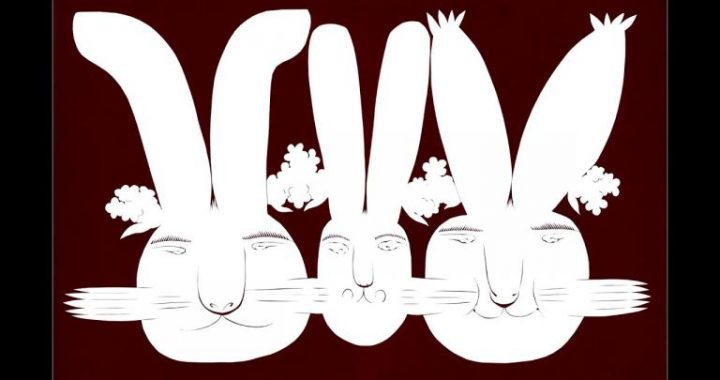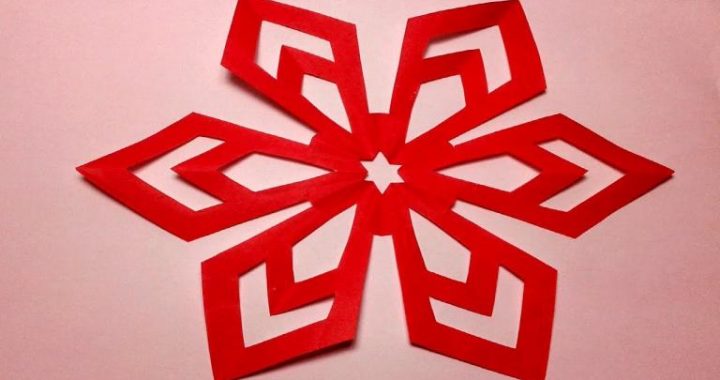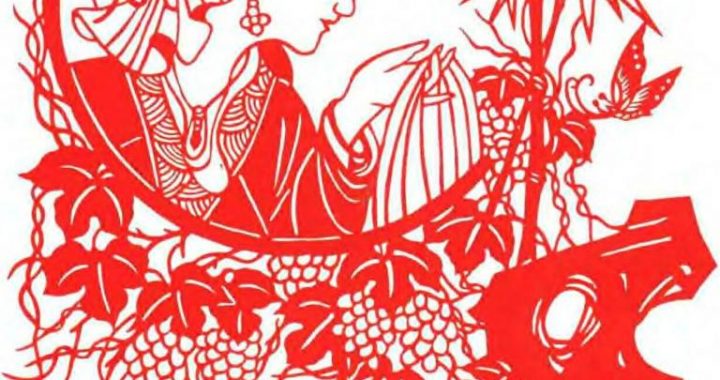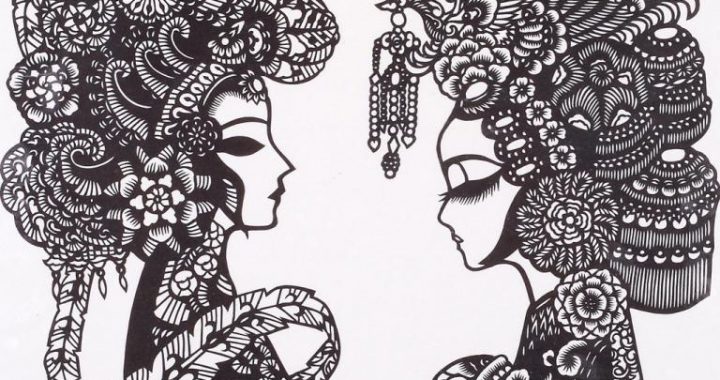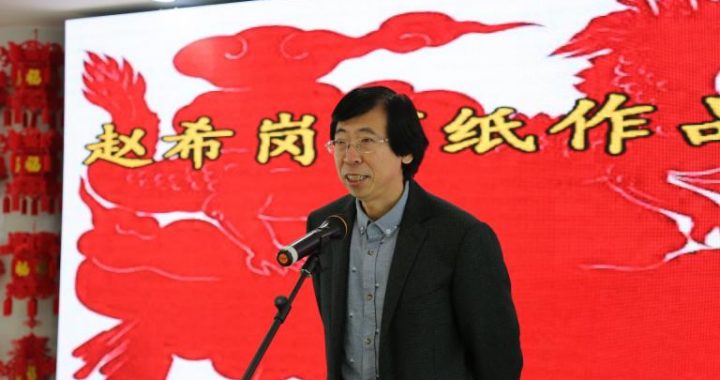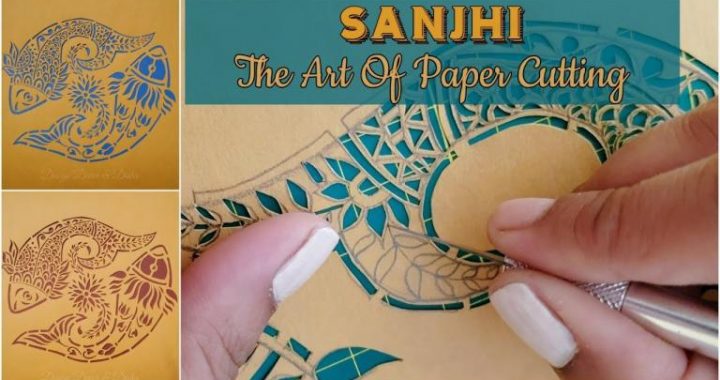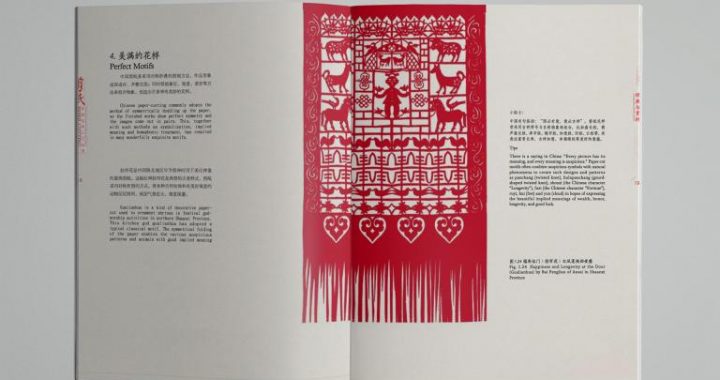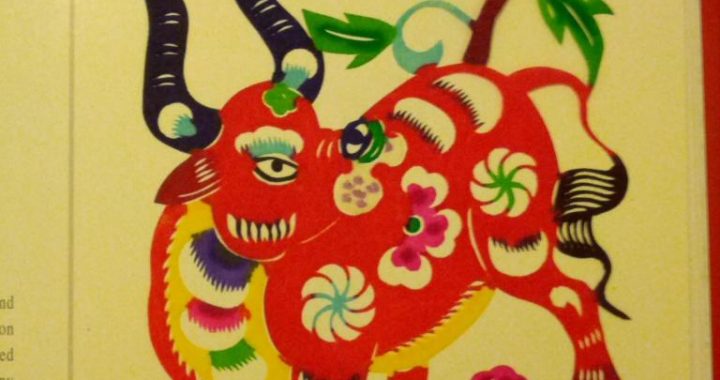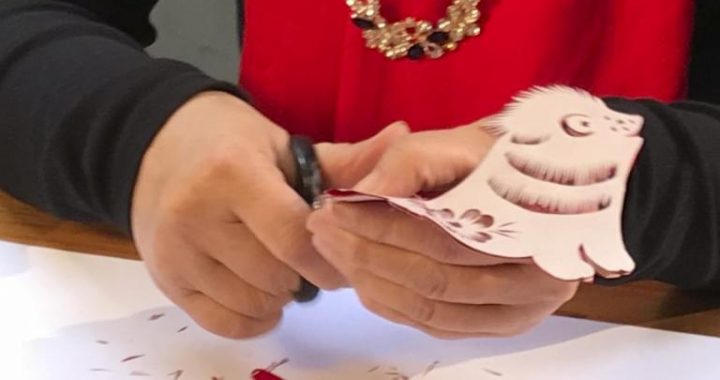Bamboo Carving
3 min readChina, the hometown of bamboo, boasts the richest resource of bamboo forest in the world, hence its title as the “kingdom of bamboo”and it is also one of the first nations to use bamboo. Since ancient times, bamboo has been widely used in the daily life of the Chinese people, and it has great influence on the development of Chinese history and culture.
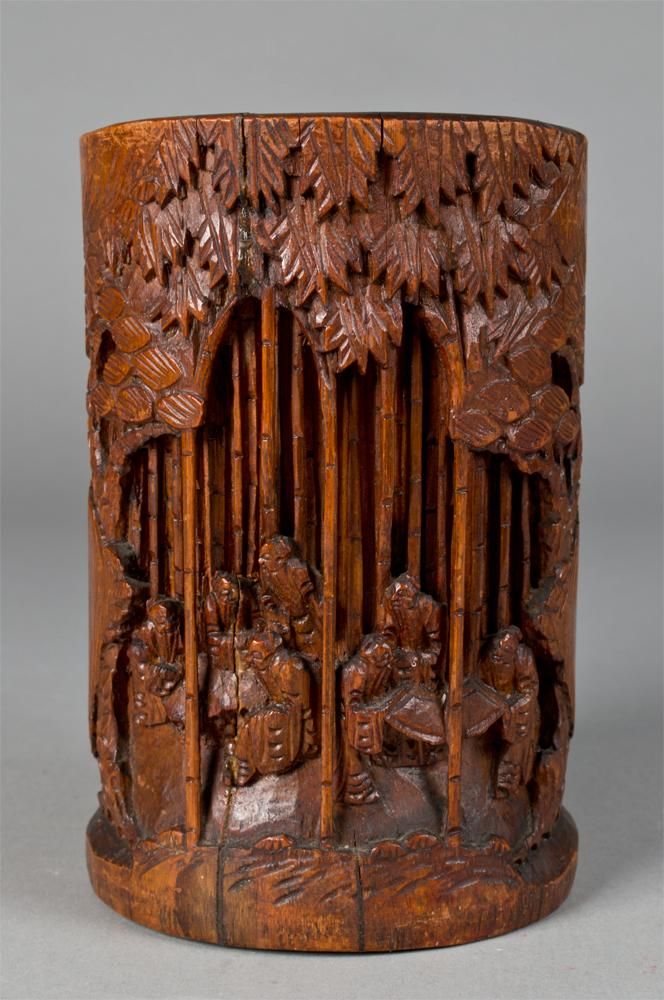
History
Bamboo formed the earliest ties with Chinese characters, which can be traced back to 6,000 years ago. The pictographic symbol of “bamboo”was found on the potteries unearthedin the Yangshao cultural relics of Banpo Village, Xilan in 19 54, and the symbol was also discovered in oracle bone inscriptions and inscriptions on ancient bronze objects. During the period from the Warring States Period to the Jin Dynasty, people carved characters on the bamboo slips to keep records. Later, books made of bamboo slips were created to convey cultural information. Many of the earliest Chinese historical documents, such as The BookofHistory, The Book of Rites and Analects of Confucius, were recorded on such material, makinggreat contributions to the development of Chinese culture. After the papermaking technique was invented by Cai Lun, bamboo slips were replaced by paper gradually.
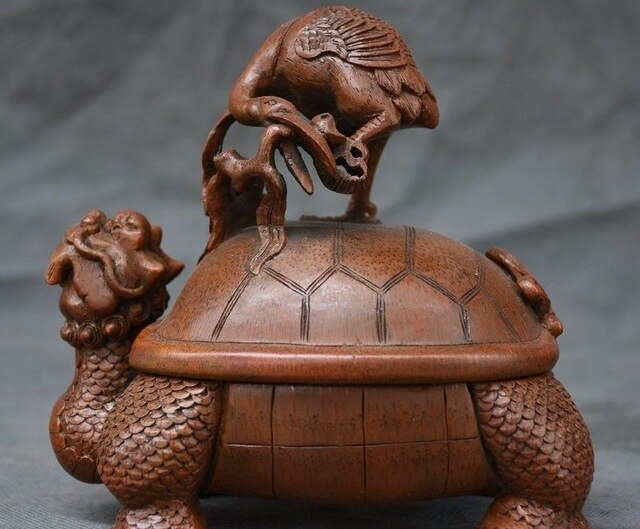
Bamboo Carving
Bamboo carving,also called bamboo engraving,has a long history in China.Archeologists once unearthed a painted dragon-pattern bamboo spoon from the Western Han Dynasty at the No.1Han tomb of Changsha Mawangdui in Hunan Province which shows that as early as 2,000 years ago people carved bamboo into elaborate utensils.
Bamboo slips can be regarded as the earliest form of bamboo carving.Although bamboo slips were replaced with the development of papermaking technology,the bamboo carving was still loved by people and is still today.Very few bamboo carvings pre-dated the Ming Dynasty,but mid-Ming-Dynasty bamboo carvings have become a professional industrial art,and more and more artists have taken it up,shifting its role from practical use into an art form.
Bamboo carving has two classifications based on the technique it adopts:bamboo board carving and three-dimensional round bamboo carving.The former can be further divided into positive and negative,each containing deep and surface carving.Negative carving includesline,deep and sunken round deep carving,while positive carving includes thin ground masswith positive relief,low relief carving,carved in high relief and openwork.Incense tube,bamboo brush pot,arm rest and fan rib belong to this category.The latter is three-dimensional carving in the round,or called bamboo root carving,which carves bamboo into different shapes like birds or animals.
There are two major schools of bamboo carvings:Jiading School and Jinling School.
The initiator of Jiading School was Zhu Songling,and the major feature and traditional skill of Jiading Bamboo Carving is”to use knife instead of brush and carve the bamboo in the same way as calligraphy”.
Pu Zongqian’s Jinling School featured another style,which pursued natural tastes with minimal cut and polish.The major carving skill is shallow carving,which is also called intaglio carving.This carving skill not only carves lines and surfaces,and the figures carved could demonstrate writing sentiments on the drawings.
Chinese carving is precious artistic heritage in Chinese industrial arts and it benefits enormously from the four types of carving,that is,jade carving,stone carving,wood carving and bamboo carving.With the importing of other elements from other countries,Chinese carving is sure to have a bright future.
